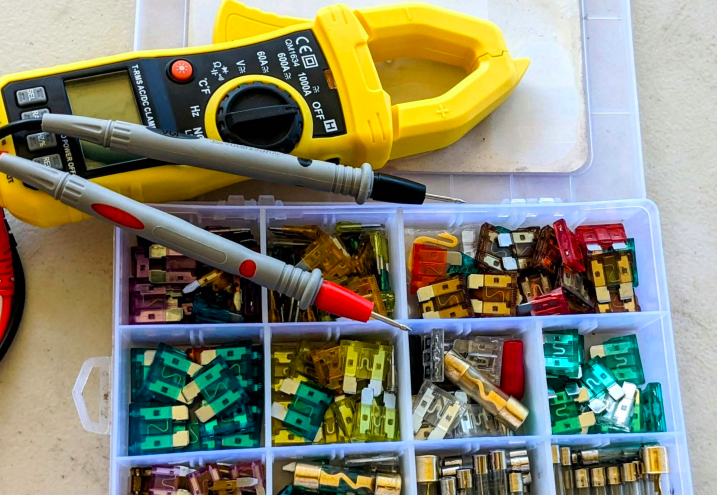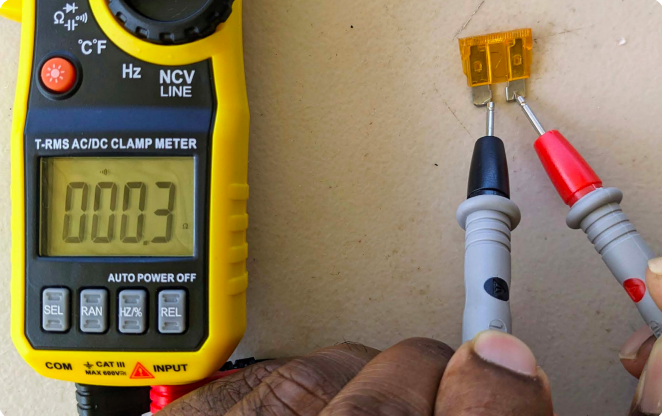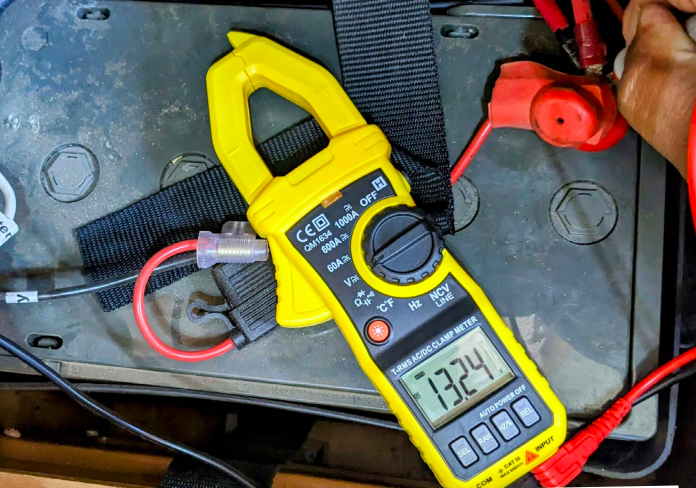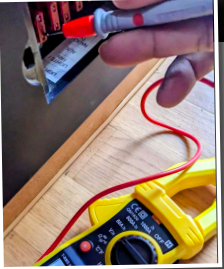Test your Fuses
Are your lights on the blink? Here’s how to use a multimeter to check the fuses for your 12v appliances
Modern 12V electrical setups are a true blessing when things are working well, however, when things go wrong, it can quickly turn into a curse, especially if you’re not handy with electrical stuff. Luckily, it can be easy to at least check for a blown fuse yourself, and I’m going to do my best to explain how.

What you Need
Get the right gear before you need it and if possible familiarise yourself with it so it’s not a steep learning curve when you are in a stressed situation trying to work out a problem.
I recommend getting a multimeter with the following functions:
• Voltmeter suitable for 12 volts DC
• Continuity/ resistance test. Preferably with an audible sound Get multiple spare fuses to suit your needs. Get the right style and amp rating.
Where to Start
When you come across an accessory, such as a light, that’s not working, start from the simple stuff first.
• Is the switch on?
• Is the power on?
If it’s not that, then it’s time to look for a blown fuse. Hopefully, it’s nicely labelled. Once you find the appropriate fuse you can start testing to see if it’s blown.
The easiest way to do this is to remove the fuse and have a good look as most fuses (but not all) have a visible fuse element and can be obvious if it’s blown.

Test the Fuse
If not, then you can use the continuity or resistance function on the multimeter to check the fuse. To do this:
• Turn the multimeter on and set it to the continuity function.
• Then put the two probes of the meter together to test the meter and make sure it’s working. You should see a reading of zero and hear a tone.
• Then put the two meter probes, one on each of the two terminals of the fuse.
If the fuse is blown then you will not have continuity and will not hear a sound and the meter will read “OL” or a high number. Then it would be a simple job of replacing the fuse and testing the light to see if it works.

Unlabelled Fuses
 If you find the fuse panel and it’s not labelled, then you may be able to test all the fuses while they are in place to see if one is blown. This will work with fuses that have testing terminals such as blade fuses, the most common type used for low current applications such as lighting, fans and 12V outlets.
If you find the fuse panel and it’s not labelled, then you may be able to test all the fuses while they are in place to see if one is blown. This will work with fuses that have testing terminals such as blade fuses, the most common type used for low current applications such as lighting, fans and 12V outlets.
• To do this, set the multimeter to the voltmeter and to the 12 volt range.
• Then check that the voltmeter is working by testing it on a known power source such as the battery terminals. Once you’ve established that the meter is functioning correctly, then you can leave the negative meter probe terminal on the battery negative, and then test both sides of the fuses.
The meter should indicate the same voltage (12 volts or higher) on both sides of the fuse on a good fuse. If it doesn’t, then you have found a blown fuse.
